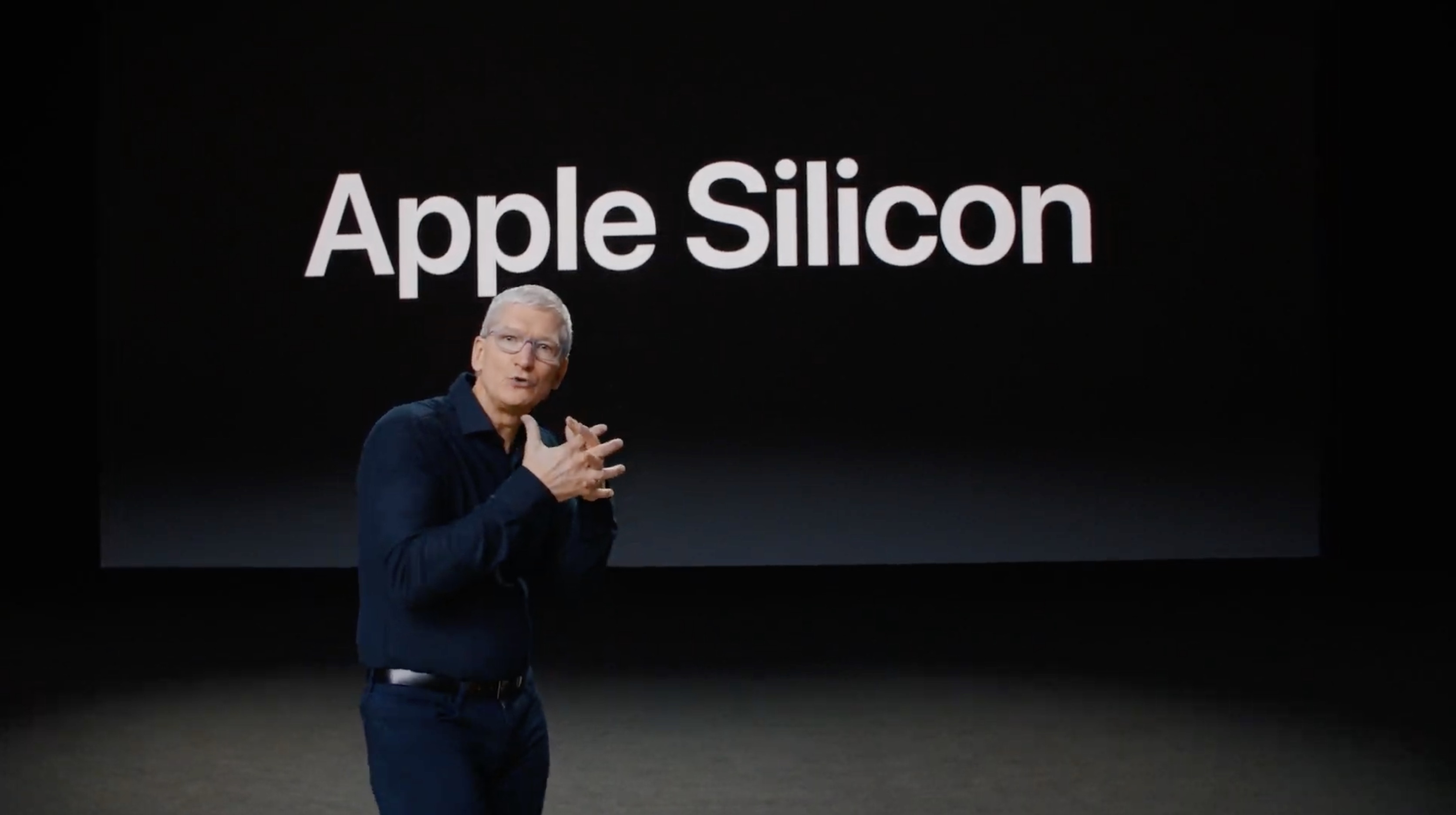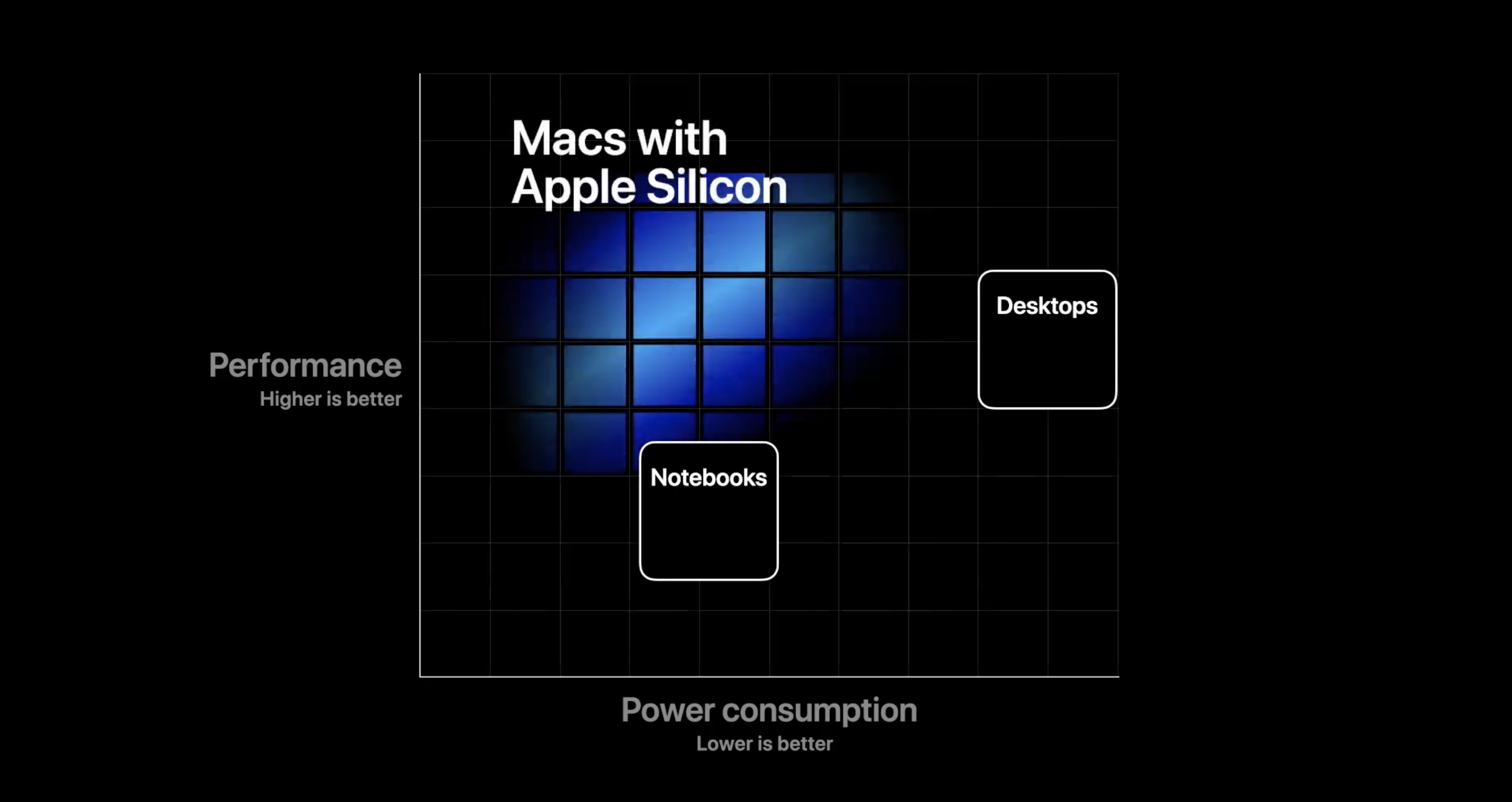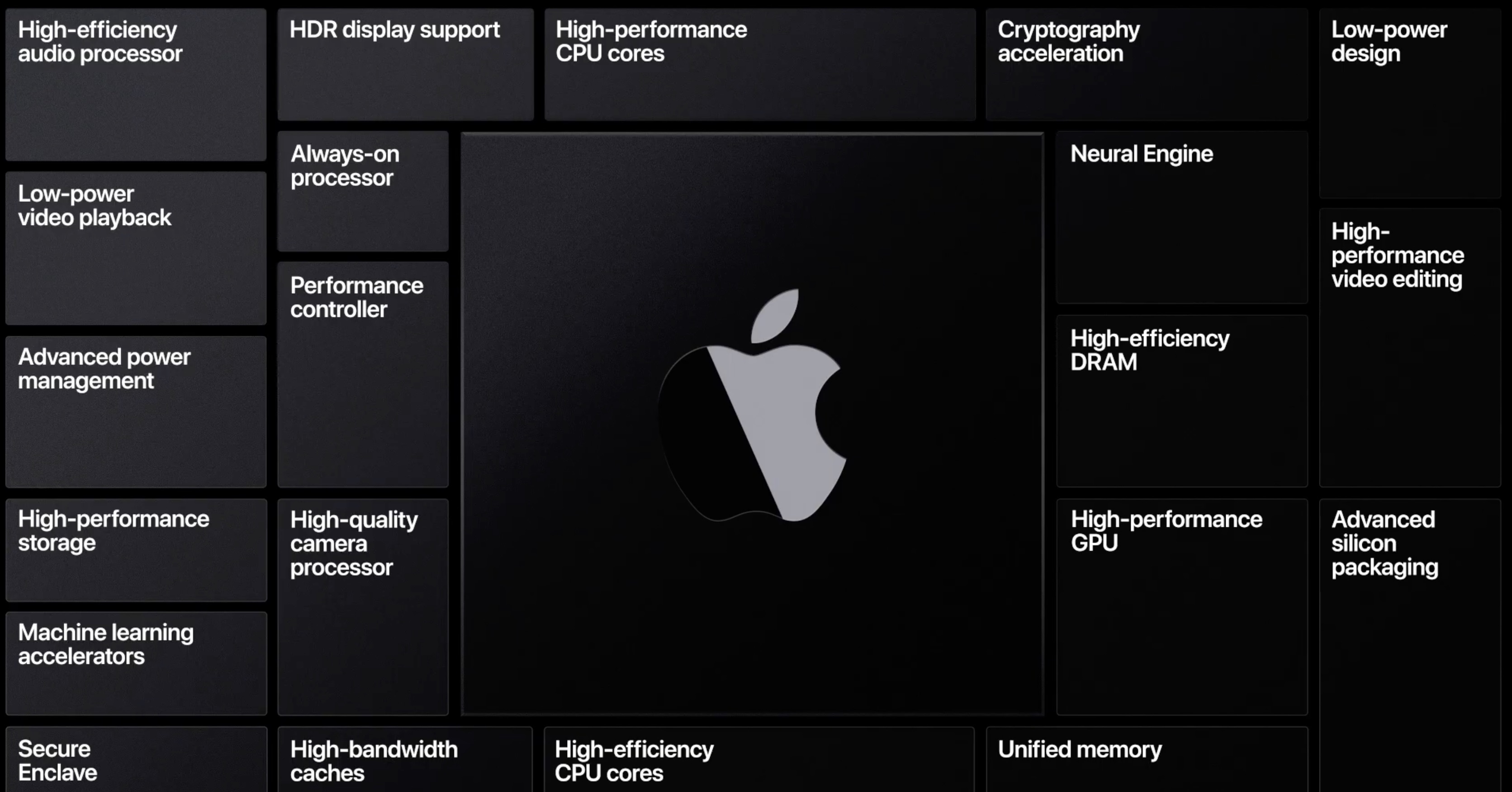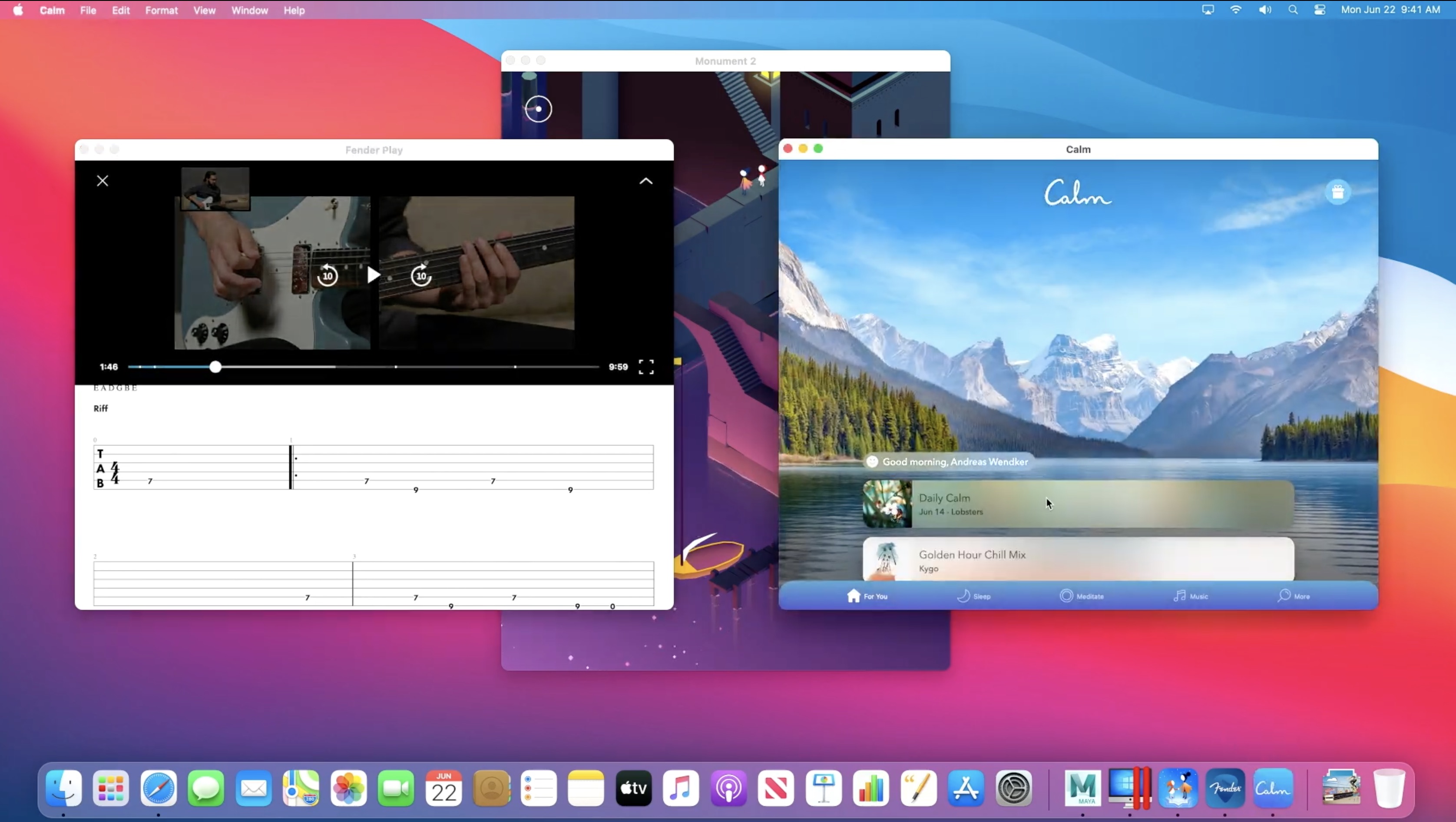Apple just unveiled the biggest Mac change in over a decade — what you need to know
Apple has announced the transition from Intel to ARM-based Macs, and you'll be able to buy one this year

Apple has announced the biggest change to the Mac in over a decade. As rumored, the company will be transitioning Macs to its own custom silicon, and you'll be able to buy a Mac with an ARM chip later this year.
During WWDC 2020, Apple provided a deep dive on the benefits of its own custom chips for Macs and how it plans to make the transition as seamless as possible for both developers and users. Here's what we know so far.
- iOS 14: The biggest new features for your iPhone
- The new macOS Big Sur is coming with these upgrades
- iPadOS 14 beta: How to download the developer beta now
Apple is making this change because it wants to be able to offer the best performance while consuming less power. And it has a lot of experience doing just that with its A series chips for the iPhone and iPad.

Macs with Apple Silicon: Why leave Intel?
The new Apple Silicon will have many custom technologies, including advanced power management, a high-powered GPU for running pro apps and games and a secure enclave for better privacy. Plus, Apple's neural engine is coming to the Mac for adding better machine learning capabilities.
There have been several reports that Apple has been frustrated by Intel's lack of progress in terms of performance and power efficiency, and moving to its own silicon will put the Mac's destiny back in Apple's own hands.
On the software front, all of Apple's apps in the latest macOS Big Sur are already considered native apps for Apple's silicon and will be ready on day one. But the bigger news is what Apple is doing to help third-party developers to get their apps ready for the big switch to Apple Silicon.

For example, Apple will offer Universal 2, which is a new universal binary that will work with Intel-based apps and apps based on Apple silicon. And Apple is working closely to get native apps up and running in time for launch.
Sign up to get the BEST of Tom's Guide direct to your inbox.
Get instant access to breaking news, the hottest reviews, great deals and helpful tips.
Apple first switched from PowerPC to Intel processors in June 2005, making Apple Silicon the most significant change to the core Mac architecture in 15 years.
Office and Photoshop are coming
During a demo of Apple's Silicon, we saw Microsoft Office running on Apple's own A12Z Bionic chip powering a Mac, the same processor inside the iPad Pro. And the Mac seemed to run everything from Word and Excel to PowerPoint smoothly. Apple claims that developers should be able to port their apps within just a few days, but we'll have to see how that pans out.
- More: Protect your data with the best Mac VPN
In addition, Apple showed a couple of Adobe's apps running natively on Apple's Silicon. A Mac easily edited a 5GB photo of birds in Photoshop, adding an extra bird with ease and providing smooth animation when zooming out. As you might expect, Apple's own Final Cut Pro also performed well on Apple Silicon, making it easy to add filters to 4K video; plus, the Neural Engine is smart enough to keep the action in the middle of the frame in real time.

So what about the transition period to Apple Silicon? Apple says that all told it will take two years, and it is providing tools to translate existing Intel apps. Rosetta 2 can translate apps directly to Apple Silicon at install time, and it promises fast performance while being transparent to users. And for developers who want to run Linux apps, Apple will offer new virtualization tools.
You can run iPhone and iPad apps natively
Another big change coming to Macs based on Apple Silicon is that you should be able to easily download and run any iPhone or iPad app. Apple showed a demo during which a A12Z Bionic-powered Mac could run apps like Monument Valley 2 and Calm right on the desktop.
To help jumpstart this transition to Apple Silicon on Macs, Apple is rolling out a quick start program starting today that will give developers access to documentation and sample code, as well as forums and hands-on lab access. More important, devs will have access to a developer transition kit that will consist of a Mac mini with a A12Z Bionic chip inside and the macOS Big Sur developer beta.
Apple did not say which Mac would be the first to make the leap to its own silicon, but we will see it this year. But Apple CEO Tim Cook also says that more Intel-based Macs are in the company's pipeline. Still, the Apple-on-ARM era has officially begun, and should result in the biggest changes to the Mac lineup in well over a decade.
Mark Spoonauer is the global editor in chief of Tom's Guide and has covered technology for over 20 years. In addition to overseeing the direction of Tom's Guide, Mark specializes in covering all things mobile, having reviewed dozens of smartphones and other gadgets. He has spoken at key industry events and appears regularly on TV to discuss the latest trends, including Cheddar, Fox Business and other outlets. Mark was previously editor in chief of Laptop Mag, and his work has appeared in Wired, Popular Science and Inc. Follow him on Twitter at @mspoonauer.

